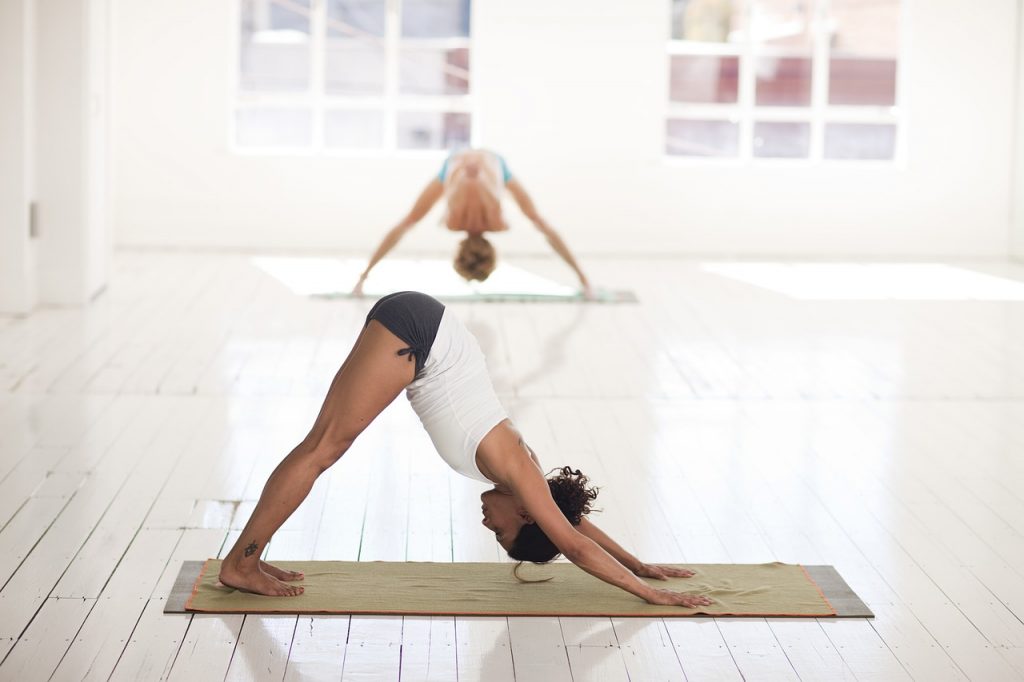Do you have difficulty falling asleep or staying asleep? You’re not alone. According to the Center for Disease Control, over one quarter of the U.S. population reports having poor quality sleep, with over 10% experiencing chronic insomnia. Sleep is vital for a healthy body and sound mind.

Insufficient sleep has been linked to severe health conditions, including depression, obesity, and heart disease. It can also help reduce inflammation in your gut.
When is it good to get a good night’s sleep?
Sleep is a natural process that doesn’t require a prescription. Sleep can help your body to calm down, reduce stress levels, and enhance your mood. Just 20 minutes of healthy sleep may reduce stress, reduce the risk of heart disease, and lower the risk of developing Parkinson’s disease or Alzheimer’s disease. However, the quality of sleep and how much sleep you get is also associated with different health outcomes such as cancer progression, heart disease, and other ailments.
The answer is that a good night’s sleep is crucial for staying healthy throughout your life. Your body knows best what’s best for you. If you practice yoga you know how calming and soothing the yoga poses, meditation and breathing practices can be.
Try some relaxing yoga poses for a night of better sleep. Adding yoga to your daily workout routine can improve your sleep by calming your nervous system and promoting relaxation. Yoga and meditation work best in conjunction with restorative postures. A soothing practice before bedtime can put the body in a restful state with just a few restorative postures.
Try practicing several yoga asanas before bed to relax and prepare your mind and body for a night of restful sleep. Hold each pose for several rounds of breath, exaggerating the inhale and exhale. Allow for a brief, intentional pause at the top and bottom of each breath. If you wish to develop the benefits of yoga and mindful breathing for your body, start by practicing a few of these postures in your own way. You can find detailed information about each individual yoga pose on many yoga websites as well as youtube.
4 yoga poses for a night of better sleep
STANDING FORWARD FOLD
This pose is known to relieve headaches and insomnia.
Stand with your legs hips distance apart. Soften your knees and gently bend forward. Allow your head to hang loose. Feel free to rest your hands on the floor or cross your arms and reach for opposite elbows. Bend your knees as much as you’d like to create more stretch in the low back.
CHILD’S POSE
This pose is known to calm the mind and relieves tension in the body.
Kneel on the ground with your knees together and toes are touching. Fold forward and allow your forehead to rest on the ground, arms stretched out in front of you or by your sides. You can open your knees wide to make the pose more comfortable.
LEGS UP THE WALL
This pose is known to promote relaxation and grounding.
Lie on your back with your bottom close to the wall. Extend your legs up the wall and allow them to rest. Place your arms in a comfortable neutral position, either by your sides or extended in a T shape.
SUPINE SPINAL TWIST
This pose is known to relieve tension in the spine and promotes digestion.
Lie on your back. Draw your knees into your chest and extend your arms wide in a “T” shape. Bend one knee and cross it over outside the opposite leg. Pause for several breaths. When you feel complete, repeat the exercise on the opposite side. The closer you bring the knees to your shoulder, the more stretch you will feel in the back, hips, and upper body.
You can also do more yoga poses and mindful yogic breathing with the goal of developing a calm and spacious mind. While yoga is a way to cultivate mindfulness through repetition, it doesn’t have to focus on doing physical postures. A yoga therapist can help you develop and refine your particular yoga method into a relaxation, meditation, and/or yoga of your own.
